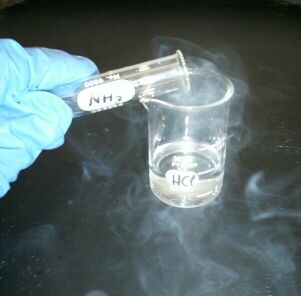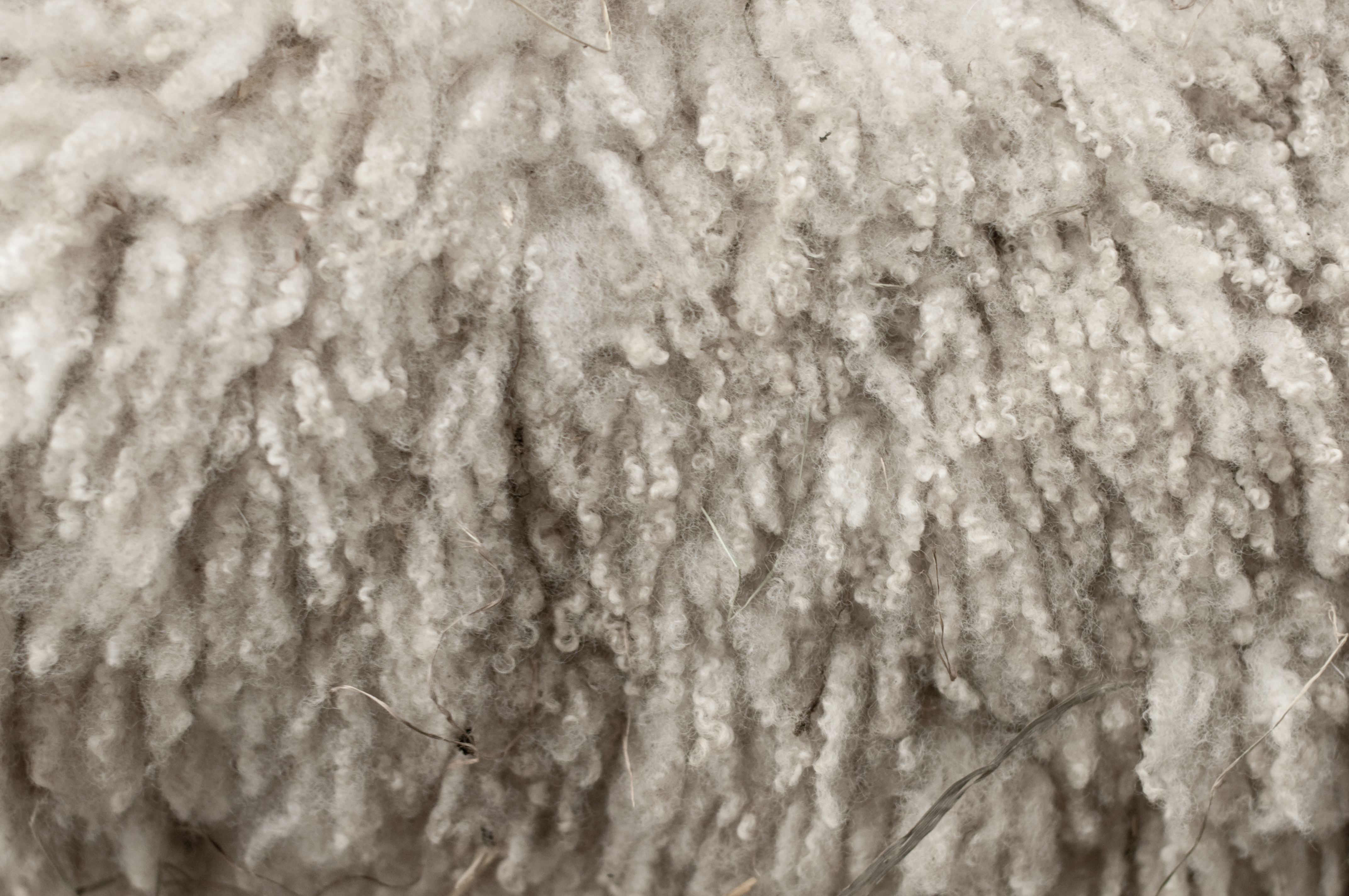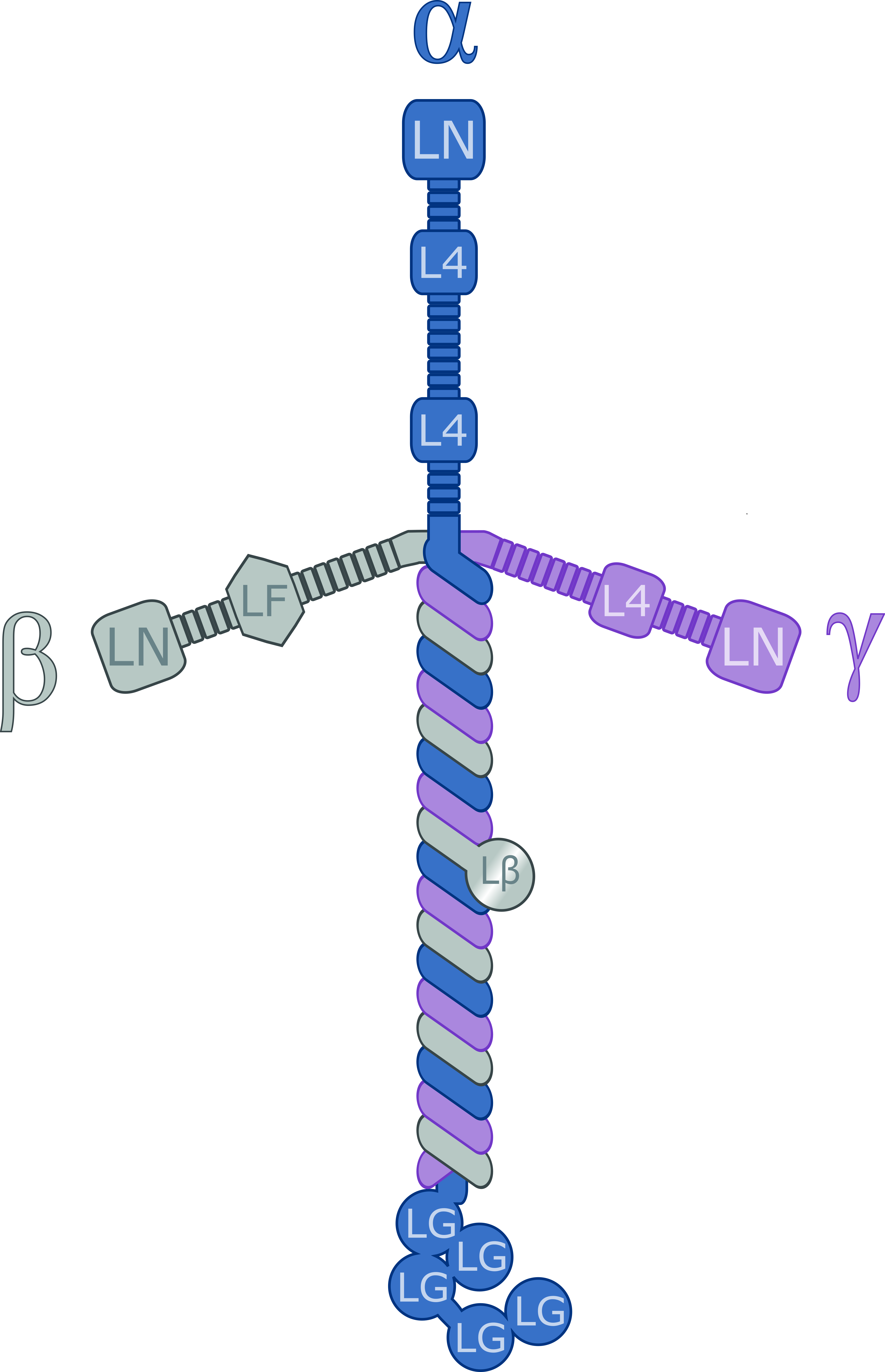|
Lant
Lant is aged urine. The term comes from Old English , which referred to urine. Collected urine was put aside to ferment until used for its chemical content in many pre-industrial processes, such as cleaning and production. History Because of its ammonium content, lant was most commonly used for floor cleaning and laundry. According to early housekeeping guides, bedpans would be collected by one of the younger male servants and put away to ferment to a mild caustic before use. In larger cottage industries, lant was used in wool-processing In times of urgent need and in districts where these were the chief industries, the whole town was expected to contribute to its supply. Related info LaNt (with an alternate capitalization Capitalization ( North American spelling; also British spelling in Oxford) or capitalisation (Commonwealth English; all other meanings) is writing a word with its first letter as a capital letter (uppercase letter) and the remaining letters in . ... [...More Info...] [...Related Items...] OR: [Wikipedia] [Google] [Baidu] |
Urine After 4 Months (28 June) (2957323941)
Urine is a liquid by-product of metabolism in humans and many other animals. In placental mammals, urine flows from the kidneys through the ureters to the urinary bladder and exits the urethra through the penile meatus (males) or urethral meatus of the vulva (females) during urination. In other vertebrates, urine is excreted through the cloaca. Urine contains water-soluble by-products of cellular metabolism that are rich in nitrogen and must be cleared from the bloodstream, such as urea, uric acid and creatinine. A urinalysis can detect nitrogenous wastes of the mammalian body. Urine plays an important role in the earth's nitrogen cycle. In balanced ecosystems, urine fertilizes the soil and thus helps plants to grow. Therefore, urine can be used as a fertilizer. Some animals use it to mark their territories. Historically, aged or fermented urine (known as lant) was also used for gunpowder production, household cleaning, tanning of leather, and dyeing of textiles. Human ... [...More Info...] [...Related Items...] OR: [Wikipedia] [Google] [Baidu] |
Urine
Urine is a liquid by-product of metabolism in humans and many other animals. In placental mammals, urine flows from the Kidney (vertebrates), kidneys through the ureters to the urinary bladder and exits the urethra through the penile meatus (males) or urethral meatus of the vulva (females) during urination. In other vertebrates, urine is excreted through the cloaca. Urine contains water-soluble by-products of Cell (biology), cellular metabolism that are rich in nitrogen and must be clearance (medicine), cleared from the Circulatory system, bloodstream, such as urea, uric acid and creatinine. A urinalysis can detect nitrogenous wastes of the mammalian body. Urine plays an important role in the earth's nitrogen cycle. In balanced ecosystems, urine fertilizes the soil and thus helps plants to grow. Therefore, Reuse of excreta, urine can be used as a fertilizer. Some animals use it to territory (animal)#Scent marking, mark their territories. Historically, aged or fermented urine (kn ... [...More Info...] [...Related Items...] OR: [Wikipedia] [Google] [Baidu] |
Old English
Old English ( or , or ), or Anglo-Saxon, is the earliest recorded form of the English language, spoken in England and southern and eastern Scotland in the Early Middle Ages. It developed from the languages brought to Great Britain by Anglo-Saxon settlers in the mid-5th century, and the first Old English literature dates from the mid-7th century. After the Norman Conquest of 1066, English was replaced for several centuries by Anglo-Norman language, Anglo-Norman (a langues d'oïl, type of French) as the language of the upper classes. This is regarded as marking the end of the Old English era, since during the subsequent period the English language was heavily influenced by Anglo-Norman, developing into what is now known as Middle English in England and Early Scots in Scotland. Old English developed from a set of Anglo-Frisian or Ingvaeonic dialects originally spoken by Germanic tribes traditionally known as the Angles (tribe), Angles, Saxons and Jutes. As the Germanic settlers ... [...More Info...] [...Related Items...] OR: [Wikipedia] [Google] [Baidu] |
Ferment
Fermentation is a type of anaerobic metabolism which harnesses the redox potential of the reactants to make adenosine triphosphate (ATP) and organic end products. Organic compound, Organic molecules, such as glucose or other sugars, are Catabolism, catabolized and reduced by donating their electrons to other organic molecules (cofactors, coenzymes, etc.). Fermentation is important in several areas of human society. Humans have used fermentation in the production and preservation of food for 13,000 years. It has been associated with health benefits, unique flavor profiles, and making products have better texture. Humans and their livestock also benefit from fermentation from the Microorganism, microbes in the gut that release end products that are subsequently used by the host for energy. Perhaps the most commonly known use for fermentation is at an Industrial fermentation, industrial level to produce commodity chemicals, such as ethanol and lactate. Ethanol is used in a variety ... [...More Info...] [...Related Items...] OR: [Wikipedia] [Google] [Baidu] |
Ammonium
Ammonium is a modified form of ammonia that has an extra hydrogen atom. It is a positively charged (cationic) polyatomic ion, molecular ion with the chemical formula or . It is formed by the protonation, addition of a proton (a hydrogen nucleus) to ammonia (). Ammonium is also a general name for positively charged (protonated) substituted amines and quaternary ammonium cations (), where one or more hydrogen atoms are replaced by Organic compound, organic or other groups (indicated by R). Not only is ammonium a source of nitrogen and a key metabolite for many living organisms, but it is an integral part of the global nitrogen cycle. As such, human impact in recent years could have an effect on the biological communities that depend on it. Acid–base properties The ammonium ion is generated when ammonia, a weak base, reacts with Brønsted–Lowry acid–base theory, Brønsted acids (proton donors): : The ammonium ion is mildly acidic, reacting with Brønsted bases to return ... [...More Info...] [...Related Items...] OR: [Wikipedia] [Google] [Baidu] |
Housekeeping
Housekeeping is the management and routine support activities of running and maintaining an organized physical institution occupied or used by people, like a house, ship, hospital or factory, such as cleaning, tidying/organizing, cooking, shopping, and bill payment. These tasks may be performed by members of the household, or by Domestic worker, persons hired for the purpose. This is a more broad role than a cleaner, who is focused only on the cleaning aspect. The term is also used to refer to the money allocated for such use."housekeeping" ''Oxford Dictionary of English, Oxford Dictionaries Online''. Retrieved 2 June 2013. By extension, it may also refer to an office or a corporation, as well as the Housekeeping (computing), maintenance of Computer data stor ... [...More Info...] [...Related Items...] OR: [Wikipedia] [Google] [Baidu] |
Bedpan
A bedpan or bed pan is a device used as a receptacle for the urine and/or Human feces, feces of a person who is confined to a bed and therefore not able to use a toilet or chamber pot. Bedpans can be either reusable or disposable, and include several different types. Reusable bedpans must be emptied, cleaned, and sanitized after each use and allow for urination or defecation while either sitting or lying in bed, as they are placed beneath the buttocks for use. Disposable bedpans are made of Recycling, recycled and/or Biodegradation, biodegradable materials, and are disposed of after a single use. Disposable bedpans or liners rest inside a reusable bedpan, which is needed to support the user's weight during use. Regular bedpans look similar to a toilet seat and toilet bowl combined, and have the largest capacity. Fracture or slipper bedpans are smaller than standard-size bedpans and have one flat end. These bedpans are designed specifically for people who have had a pelvic fractu ... [...More Info...] [...Related Items...] OR: [Wikipedia] [Google] [Baidu] |
Corrosive Substance
Corrosion is a natural process that converts a refined metal into a more chemically stable oxide. It is the gradual deterioration of materials (usually a metal) by chemical or electrochemical reaction with their environment. Corrosion engineering is the field dedicated to controlling and preventing corrosion. In the most common use of the word, this means electrochemical oxidation of metal in reaction with an oxidant such as oxygen, hydrogen, or hydroxide. Rusting, the formation of red-orange iron oxides, is a well-known example of electrochemical corrosion. This type of corrosion typically produces oxides or salts of the original metal and results in a distinctive coloration. Corrosion can also occur in materials other than metals, such as ceramics or polymers, although in this context, the term "degradation" is more common. Corrosion degrades the useful properties of materials and structures including mechanical strength, appearance, and permeability to liquids and ga ... [...More Info...] [...Related Items...] OR: [Wikipedia] [Google] [Baidu] |
Cottage Industry
The putting-out system is a means of subcontracting work, like a tailor. Historically, it was also known as the workshop system and the domestic system. In putting-out, work is contracted by a central agent to subcontractors who complete the project via remote work. It was used in the English and American textile industries, in shoemaking, lock-making trades, and making parts for small firearms from the Industrial Revolution until the mid-19th century. After the invention of the sewing machine in 1846, the system lingered on for the making of ready-made men's clothing. The domestic system was suited to pre-urban times because workers did not have to travel from home to work, which was quite unfeasible due to the state of roads and footpaths, and members of the household spent many hours in farm or household tasks. Early factory owners sometimes had to build dormitories to house workers, especially girls and women. Putting-out workers had some flexibility to balance farm and ... [...More Info...] [...Related Items...] OR: [Wikipedia] [Google] [Baidu] |
Wool
Wool is the textile fiber obtained from sheep and other mammals, especially goats, rabbits, and camelids. The term may also refer to inorganic materials, such as mineral wool and glass wool, that have some properties similar to animal wool. As an animal fiber, wool consists of protein together with a small percentage of lipids. This makes it chemically quite distinct from cotton and other plant fibers, which are mainly cellulose. Characteristics Wool is produced by follicles which are small cells located in the skin. These follicles are located in the upper layer of the skin called the epidermis and push down into the second skin layer called the dermis as the wool fibers grow. Follicles can be classed as either primary or secondary follicles. Primary follicles produce three types of fiber: kemp, medullated fibers, and true wool fibers. Secondary follicles only produce true wool fibers. Medullated fibers share nearly identical characteristics to hair and are long but ... [...More Info...] [...Related Items...] OR: [Wikipedia] [Google] [Baidu] |
Capitalization
Capitalization ( North American spelling; also British spelling in Oxford) or capitalisation (Commonwealth English; all other meanings) is writing a word with its first letter as a capital letter (uppercase letter) and the remaining letters in lower case, in writing systems with a case distinction. The term also may refer to the choice of the casing applied to text. Conventional writing systems ( orthographies) for different languages have different conventions for capitalization, for example, the capitalization of titles. Conventions also vary, to a lesser extent, between different style guides. In addition to the Latin script, capitalization also affects the Armenian, Cyrillic, Georgian and Greek alphabets. The full rules of capitalization in English are complicated. The rules have also changed over time, generally to capitalize fewer words. The conventions used in an 18th-century document will be unfamiliar to a modern reader; for instance, many common nouns were capital ... [...More Info...] [...Related Items...] OR: [Wikipedia] [Google] [Baidu] |
Laminin
Laminins are a family of glycoproteins of the extracellular matrix of all animals. They are major constituents of the basement membrane, namely the basal lamina (the protein network foundation for most cells and organs). Laminins are vital to biological activity, influencing cell differentiation, migration, and adhesion. Laminins are heterotrimeric proteins with a high molecular mass (~400 to ~900 kDa) and possess three different chains (α, β, and γ) encoded by five, four, and three paralogous genes in humans, respectively. The laminin molecules are named according to their chain composition, e.g. laminin-511 contains α5, β1, and γ1 chains. Fourteen other chain combinations have been identified ''in vivo''. The trimeric proteins intersect, composing a cruciform structure that is able to bind to other molecules of the extracellular matrix and cell membrane. The three short arms have an affinity for binding to other laminin molecules, conducing sheet formation. The long ar ... [...More Info...] [...Related Items...] OR: [Wikipedia] [Google] [Baidu] |





